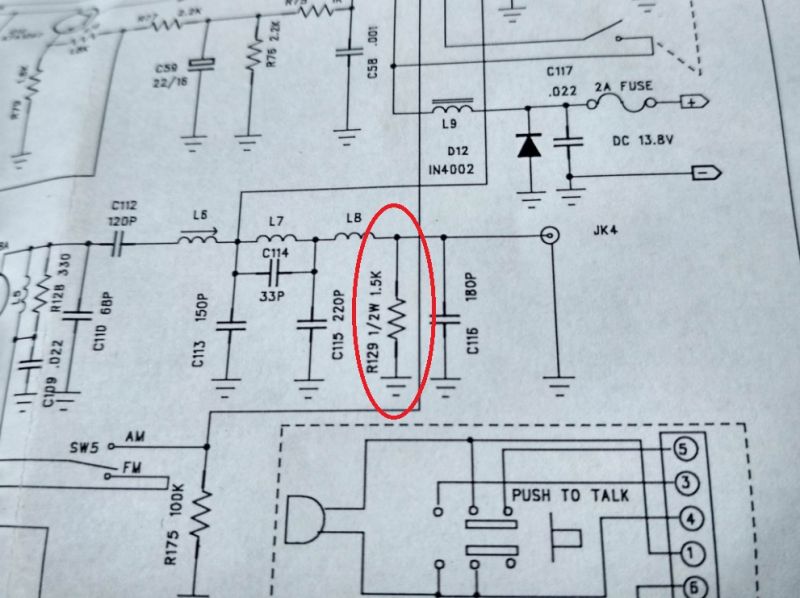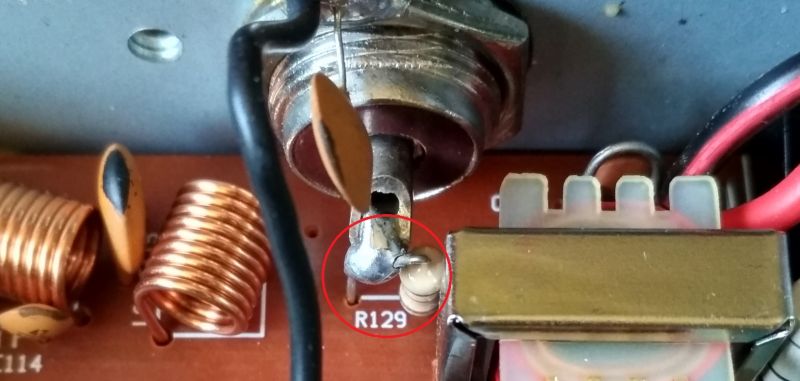how to recognize that solder is cold and what are the methods of its detection

Czy wolisz polską wersję strony elektroda?
Nie, dziękuję Przekieruj mnie tam


tomekdm wrote:The socket worked in relation to the PCB, instead of a flexible connection, a rigid pin was used to transfer all the socket movements directly on the PCB to this tiny pad where there is even no metallization of the hole. In such a case, a solder joint failure is only a matter of time.I immobilized the socket thread with cyanoacrylate glue.
_jta_ wrote:In one - two cases - maybe. But in several dozen? From different clients? I doubt it. Anyway, from what we managed to suck off (after feeding the flux and melting some of the binder remained in the form of "tin", because the oxides had separated) it was visible to the naked eye that with the solder as such (even the worst silver) this alloy did not have much common. Still gray, dull ...Maybe this equipment was stored in a low temperature? In temperature
_jta_ wrote:It is also known as "tin blight" - but it is more of pure tin. In combination with lead or other metals (silver, nickel, copper), this phenomenon no longer occurs.this is called tin leprosy
_jta_ wrote:Tin yes, oxide no. The oxide flows to the top (as long as you use a flux) and becomes "slag".When heated with a soldering iron, the gray tin turns back to metallic
_jta_ wrote:I didn't use the wiki, from what I remembered from the chemistry lesson. It is possible that some distortion has arisen somewhere.Wikipedia writes about an expedition to the South Pole and tin cans
